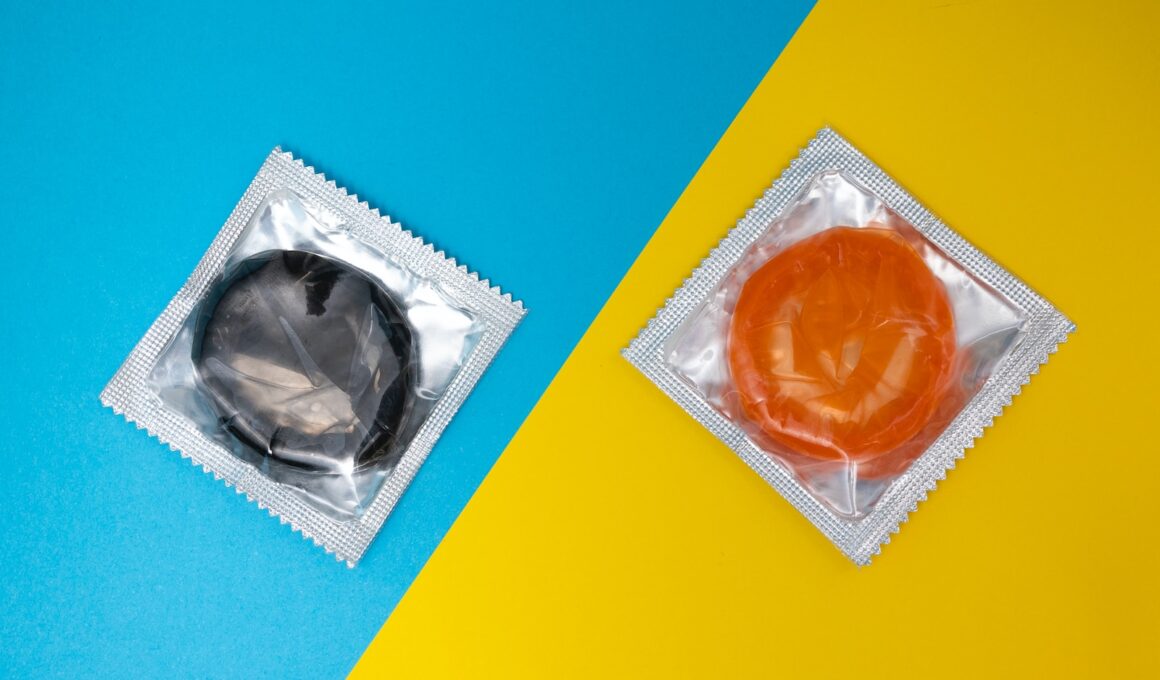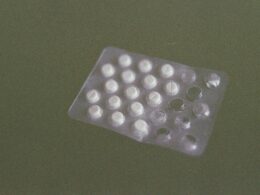There’s no birth control that prevents pregnancy 100 percent of the time — but some methods come close. The pill and most hormonal methods work by preventing ovulation. They do this by making the cervical mucus thick, slippery and clear, or by blocking sperm from reaching an egg – These words were inspired by the portal team ideal-sexe.com.
Women with certain medical conditions, such as heart disease or thrombophilias, may not be able to take the pill.
Pill
The Pill combines hormones that stop the ovaries from releasing an egg each month during your menstrual cycle. The Pill can also make a woman’s cervical mucus thicker, making it harder for sperm to reach the uterus. It’s 99% effective in preventing pregnancy if it’s used correctly every day for 3 years.
The chances of getting pregnant increase if a woman misses a pill or takes it at the wrong time in her menstrual cycle. The Pill doesn’t protect against sexually transmitted infections (STDs), including genital herpes, chlamydia and HIV. Use condoms with the Pill to prevent both pregnancy and STDs.
Women who want to start taking the Pill should see their GP or nurse practitioner (NP). They will ask about her health and family medical history, do an exam, including a pelvic one, and give a prescription. The NP may refer her to a specialist if they think she needs it.
IUD
Unlike some birth control methods, the IUD works for three, five or 10 years and is more than 99% effective at preventing pregnancy. It’s also reversible, so you can have it removed at any time.
You can have a hormonal IUD (Mirena, Skyla) or non-hormonal/copper IUD (Kyleena, Liletta). Both types work equally well at preventing pregnancy. During the first 3 to 6 months of having an IUD, some people experience heavy or light periods and spotting, but this nearly always settles with time.
There are many things to consider when choosing a birth control method. Talk to your healthcare provider about the options that best fit your lifestyle and goals. Most importantly, remember that using barrier protection with all new sex partners is the most effective way to prevent STDs. Male and female condoms, diaphragms and cervical caps are all great barrier methods. There are also surgical options available for women and men, including tubal ligation (which is sometimes called having your tubes tied). This surgery permanently blocks the fallopian tubes and is up to 87% effective.
Implant
The implant is a long-acting reversible method of birth control that can prevent pregnancy for up to 3 years. It is a small plastic tube that your healthcare provider inserts into the skin in your upper arm. It slowly releases the hormone progestin to stop ovulation, which means that no egg leaves the ovaries for sperm to fertilize.
It also thickens the mucus in your cervix, which makes it harder for sperm to get through to the egg.
Like other hormonal methods of birth control, the implant can sometimes cause changes to your period. Your bleeding might get lighter or stop completely, and you may experience some cramping or spotting. The implant does not protect you from sexually transmitted infections, so it’s important to use condoms with this method. It’s also not for women with certain health conditions or who take a type of blood thinner.
Patch
The patch looks like a small bandage and can be worn on the lower abdomen, buttocks or upper arm. It contains two hormones, estrogen and progestin, that mimic the hormones your body naturally makes to prevent ovulation (when the ovary releases an egg). It also thickens cervical mucus so sperm can’t reach an egg. The patch doesn’t protect against sexually transmitted infections (STIs).
You apply a new patch each week for 3 weeks in a row. Then you don’t apply a patch for one week, which is your “patch-free” week.
You can get the birth control patch with a prescription at most clinicians’ offices and some Planned Parenthood health centers, and it may be free depending on your insurance. It’s also available from online services, such as Nurx. The patch can be less effective for people who weigh more than 198 pounds, or have certain medical or health conditions, including blood clots, high blood pressure, some cancers, or migraine headaches.
Ring
One of the most effective birth control options, the ring has a pregnancy rate lower than condoms alone. Plus, it protects against STDs.
It works by stopping ovulation and changing the lining of your uterus to make it less likely an egg can implant. You insert the ring into your vagina before you have sex. Then, every seven days you take it out and clean it, or replace it with a new one.
The ring can also be used with spermicide to help lower your chances of getting or spreading an STD. Spermicide is a foam or gel-like substance that kills sperm. You can buy it over the counter in a bottle and use it with the ring or with a condom.
You can also use the ring with a diaphragm, cervical cap or a lubricated condom to increase its pregnancy-preventing power. This form of birth control is more than 94% effective when you use it correctly.
Injection
The injection, which is a synthetic form of progestin called Depot medroxyprogesterone acetate (DMPA), works by preventing the ovaries from releasing an egg and thickening the fluid around the cervix to block sperm from reaching the eggs. It’s also more than 99 percent effective when used regularly.
It’s given in your arm or bottom by a doctor or nurse, and you need to get it every 12 weeks. If you miss your appointment by more than 2 weeks, you need to use another method of birth control until your next appointment.
The shot might change your menstrual bleeding pattern, such as having spotting between periods or lighter or longer periods than usual. It can also lead to weight gain, mood swings and changes in sexual feelings, including decreased sex drive. It might also cause bone loss if used for long periods. Other side effects include nausea, vomiting and headaches.









